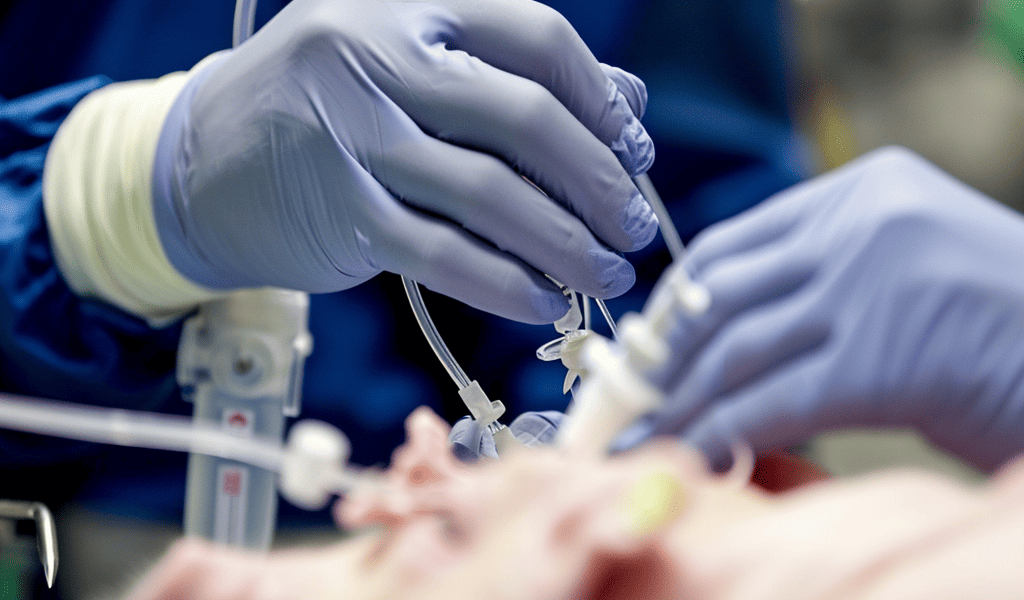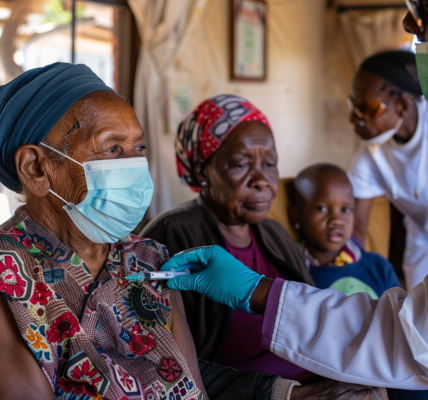A recent breakthrough study led by Dr. Mehdi Razavi at The Texas Heart Institute (THI), in collaboration with a biomedical engineering team of The University of Texas at Austin (UT Austin) Cockrell School of Engineering led by Dr. Elizabeth Cosgriff-Hernandez, has laid the groundwork for a revolutionary treatment approach for ventricular arrhythmia. Their study, published in Nature Communications, showcases the design and feasibility of a new hydrogel-based pacing modality.
The urgent need for an effective therapeutic regimen for ventricular arrhythmia prompted THI’s Electrophysiology Clinical Research & Innovations (EPCRI) team, under the leadership of Dr. Razavi, to partner with Dr. Cosgriff-Hernandez and her UT Austin Biomedical Engineering (UT Austin BME) team to co-develop an innovative strategy addressing the pathophysiology of re-entrant arrhythmia.
Ventricular arrhythmia, the leading cause of sudden cardiac death in the United States, occurs in the lower chambers of the heart or ventricles. Re-entrant arrhythmia, a self-sustained heart rhythm abnormality, is often fatal and primarily arises from delayed conduction in scarred heart tissues, typically following a heart attack. Dr. Razavi, a practicing cardiologist and cardiac electrophysiologist, explained, ‘These hydrogels can access the scarred tissue, enabling direct pacing of the otherwise inaccessible regions of the heart.’
The researchers are exploring hydrogels as potential electrodes due to their biostability, biocompatibility, tunable properties, and ease of incorporating electrical conductivity. They can be delivered inside coronary veins, offering a clinical advantage by avoiding ischemia during delivery. The team successfully deployed the innovative hydrogel technology through minimally invasive catheter delivery in a pig model, demonstrating significant conductive properties.





